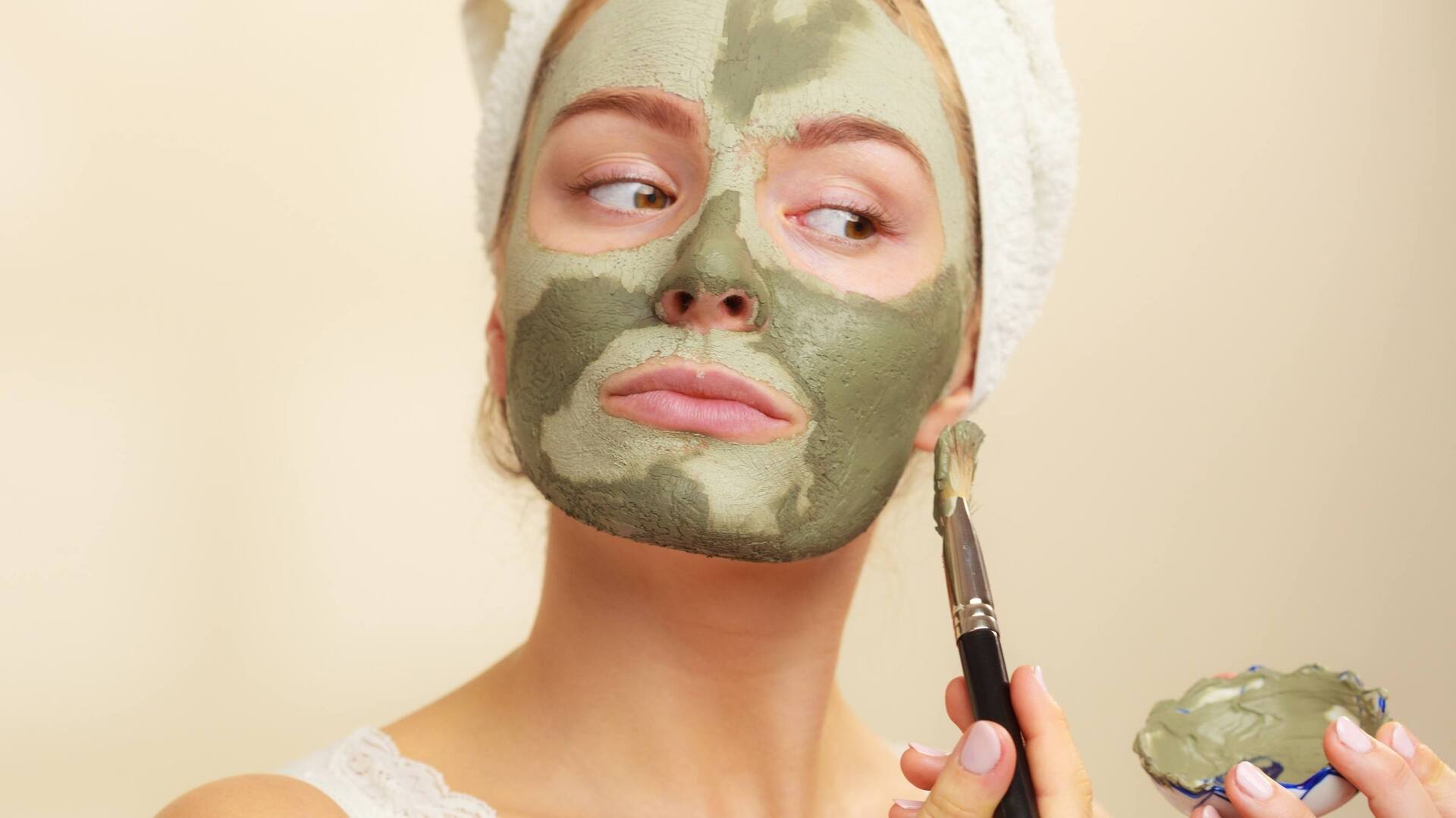Everyone knows clay, but do they know exactly what it is and what it is for? That’s what we’re going to learn.
Everyone has heard about clay, but do you know exactly what is clay and what is it for? It is a mineral derived from sedimentary rocks, which is composed of fine grains that can be used for various purposes. In fact, there are several types of clay, each with a specific purpose.
Clay and its various types are used in different ways in industry, from the manufacture of vases, ceramics, and utensils, to aesthetic and medicinal treatments. In fact, they are always discovering new things about its benefits.
And this is not today. Clay has been used for medicinal purposes for thousands of years. To give you an idea, the philosopher Aristotle already described clay as a very useful resource for health. And he was not the only one in ancient times to identify the benefits of clay for our health. Hippocrates, a doctor considered the father of medicine, had already been using clay for many years.
In fact, there are several options for what clay is used for, however, it is most popular for cosmetic purposes. For example, clay facial masks have become a rage among skincare enthusiasts. This is thanks to the various benefits that the mineral provides to the skin. In fact, some clays have action to delay aging, as it can stimulate collagen production. Cool, right?
In fact, take the opportunity to learn how to make your clay mask at home.
Training
As we saw above, clay is the result of chemical processes that occur in rocks. Therefore, its formation occurs in two phases.
The first is the disintegration of the rock, which breaks due to the action of external agents, such as water, temperature, and wind. In this way, small particles are formed, which do not change their composition.
The second is in the decomposition phase, which in this case involves a mineralogical modification of the rocks. This occurs due to the action of water and chemical effects due to the rotting of plants and animals.
So, in addition to two phases, we have two main types of clay: the primary, resulting from the decomposition of rocks and which remains in the place of origin, and the secondary, whose particles are carried by the wind or water and end up on the banks of rivers. . Therefore, these places are called clay deposits.
Clay manufacturing for aesthetic purposes
As clays are minerals, they have a very rich composition, which makes them so effective for aesthetic and therapeutic purposes.
In the case of clay that is used for aesthetics, the manufacturing process is a little different. Firstly, it must be done in a clean and ventilated place, using clean equipment to avoid contamination of the final product.
Therefore, the clay is collected directly from the deposit, stored and taken to a dryer. There, impurities that could affect the final quality of the clay will be eliminated. Then, after drying, the clay is ground and sieved so that no larger particles remain. Finally, it is placed in a clean container.
Benefits
The benefits of clay are due to its properties and components. Therefore, let’s get to know the main clay minerals found in clay and their benefits:
1 – Aluminum
This mineral acts mainly on lack of tonicity, has a healing effect and also inhibits the development of bacteria.
2 – Ferro
Iron has a primary function in cellular respiration, in addition to the transfer of electrons. Therefore, in skin that is lacking the element, it presents a thin, dry and inelastic epidermis.
3 – Magnesium
Magnesium, in turn, has a high power to fix potassium and calcium ions, in addition to maintaining cell gel. Therefore, it contributes to skin hydration and the synthesis of collagen fibers.
4 – Manganese
Acting on collagen biosynthesis, it provides an anti-infectious, healing and anti-allergic action.
5 – Silicon
With a fundamental role in the reconstitution of tissues and in the defense of connective tissue, silicon offers a purifying, astringent and remineralizing action. This on the skin helps with hydration, as well as combating sagging skin and reducing inflammation.
6 – Sodium and potassium
This powerful duo helps maintain the hydration and ionic balance of skin cells.
Types of clay
As we have already mentioned here, there are different types of clay. Therefore, the quality and composition of each of them is determined by the region from which they are extracted.
So, among the various types of clay, each one has certain benefits and is recommended for specific purposes. Therefore, it is very important to know the composition of each one before using. The composition of each one is what gives them the most varied colors, as we will see below:
Verde
Green clay is one of the most common and well-known, being ideal for treatments against oily skin.
Red
This is very beneficial not only for the skin of the face, but can be used all over the body. Red clay is rich in minerals that provide several benefits for hair and skin.
Rosa
The result of mixing green and white clay, pink clay is widely used in beauty treatments. This is because it is a soft clay, ideal for those with sensitive and delicate skin.
Branca
White clay is ideal for minimizing imperfections and improving skin health. However, it is not recommended for use on sensitive skin or with little hydration.
Black
Also known as volcanic mud, black clay is one of the noblest of all clays. It is rich in nutrients and properties that help repair the skin.
properties
Clays provide the most diverse therapeutic purposes, due to their properties, which we will see below what they are for:
Absorption
Easily absorbed by the skin, clay when mixed with water acquires plasticity, which makes it easier to shape. And it is this paste that provides several benefits, especially in the treatment of inflammation and swelling.
Release
Another important point to highlight is that clay is very easy to release its active elements.
Adsorption
Adsorption is nothing more than a process in which clays pass small particles from the environment into the skin. Therefore, this process is fundamental in fixing toxins present in the body so that they can then be eliminated.

Sign up for our newsletter and stay up to date with exclusive news
that can transform your routine!
Warning: Undefined array key "title" in /home/storelat/public_html/wp-content/plugins/link-whisper-premium/templates/frontend/related-posts.php on line 12
Warning: Undefined array key "title_tag" in /home/storelat/public_html/wp-content/plugins/link-whisper-premium/templates/frontend/related-posts.php on line 13




